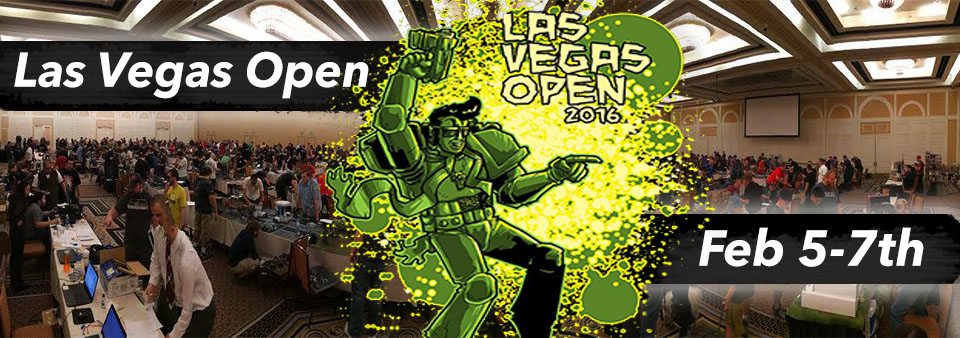Starting with armies and overall performance, I wanted to look at average points scored per player. With the way LVO is scored (BP+1,000 for a win, BP+500 for a draw), in a 6 game event, a score just above 3,000 can be expected to be 3-3. As such, we'll generally assume armies above the 3,000 mark had a winning record, while those below it had a losing record, keeping in mind that not everyone played six games, and that a 2-2-2 record would also get a player above 3,000 points.
The surprise is Renegades being the top spot, at least until you dig into it a bit; being a Forgeworld army list, it's reasonable to expect that only a handful of players brought this army, and most were probably in the more competitive realm. This bears out looking at the popularity numbers; only seven players brought Renegades, and five of them made the top 50. Number two was Eldar, which again wasn't surprising, considering they were the first and second place finishers in the event. What did surprise me is just how low Daemons, Daemonkin, and Space Wolves were, on average getting just 2 wins.
Moving on to Popularity, again there aren't many surprises, other than maybe just how popular Space Marines and Eldar are. Eldar in particular catch my eye because, while Space Marines have fairly often eclipsed 15-20% of the field, Eldar usually lag behind a bit. Overall, not many surprises in the makeup of the field.
Now, for the top armies. The top 8 (including all three armies tied for 8th) consisted of:
- 4 Eldar
- 3 Necrons
- 1 Space Marine
- 1 Chaos Daemons
- 1 Dark Angel
Looking back at my predictions, there was less Space Marine representation than I expected, and more Necrons. Eldar also did slightly better than I expected, but not by much.
Expanding to look at the top 25, we include more armies, and see more Space Marines enter the mix, while Eldar still dominate the numbers, which becomes even more apparent when looking at the top 50 (including ties).
Eldar players more than double any other faction, trailed distantly by Space Marines and Tau. It's interesting to note that for Space Marines and Necrons, their top 50 is pretty front loaded. Necrons had 3 armies in the top 10, and only 2 in the next 40. Similarly, 4 of the 6 top 50 Space Marine armies were also in the top 25.
Finally, while I think it's clear just how dominant Eldar are, let's look at the percentage of players who made the top 50 for each faction.
As was mentioned before, Renegades did well with a small player base. Inquisition was only represented by two armies, and Dark Angels 11. The fact that 31% of Eldar players made the top 50, despite being the second most popular army, really resonates just how strong the Eldar are. Meanwhile, my other favorite and most popular army, Space Marines, only had 13.6% of the players make the top 50.
Going back to my predictions, I got 50% of the actual players in the top 8 correct (Aaron Aleong, Sean Nayden, Steve Sisk, and Alan Bajramovic), which I'm pretty proud of. Of the remaining four, only one, Jonathan Comacho, was someone I didn't expect/know and was a surprise.
Lastly, an outsider's perspective; from most accounts it was an awesome time, as to be expected. The two main complaints I heard were concessions/water/food prices, and round times, and the former seemed to be a bigger concern than the latter. Honestly, I'm not sure the food thing would have bothered me - more of a Vegas thing than anything. The round times I do find interesting, and has spawned some interesting debate on Dakka.
Honestly, in my opinion, under three hours is not enough for an 1,850 point game as the game is currently. It's possible, of course, but pretty difficult. It was also concerning to hear that some players never had a game go to 5 complete turns; to me that's not a complete game. While there are a host of potential solutions, increasing round time or decreasing points seem like the most feasible to me.
NOVA has 3:30 rounds, which is usually enough; however, part of the appeal of LVO is Vegas itself, and adding over two hours of gaming a day might diminish peoples' ability to enjoy both gaming and the city.
The other option is to decrease the point limits, potentially to 1,500, to encourage smaller armies allowing for faster play. Honestly, this option appeals to me and I think warrants more thought and maybe trial at some events.
What are your thoughts on the issue of games not finishing within time limits? If you went to LVO, how was it? And who is thinking about going next year?







No comments:
Post a Comment